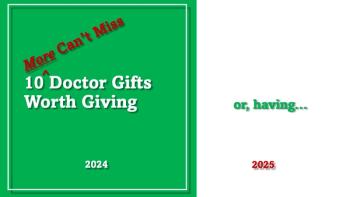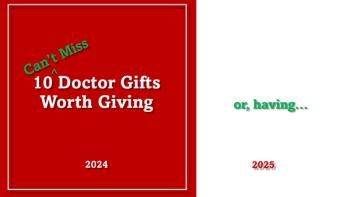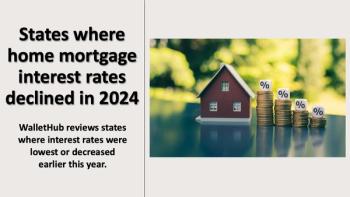
Life in the Hot State
This week's stock market turbulence raised concern among many investors and future retirees. A new study looking at the sexual choices of college-aged males gives insight into the stark differences in the choices people make when in "hot" mental states versus "cold."
Dan Ariely lives life on the edge. Imagine, for example, the study he did on college age male Berkeley students who related sex preferences when in the “hot” state compared to the “cold.” The results get raunchy.
So, I will relate only the tamest of Ariely’s findings here, but even they make the point. When aroused, his young male subjects made different sexual choices than when they were in a non-aroused state. By extension, there is a global application though much of the other research is considerably less titillating than the study Ariely did with George Lowenstein, his co-author. Their paper is entitled, “
The two researchers compared the responses of the young men when they were not sexually aroused to those during masturbatory stimulation before climax. The questions related to sexual inclinations and choices. Looking at the answers to some of the least invasive questions gives enough information to make the researchers point here. When sexually aroused, young men make different choices regarding how they feel they would conduct themselves in various sexual situations than when they are not aroused.
Realistically, this train of thought seems intuitive. Yet, seeing the numbers is bracing. The percentage of the participants willing to drop over the cliff into unacceptable behavior is larger than most would expect. That particular colorful and to some distasteful data is not presented here. I only include what is considered socially acceptable by most standards.
Table: Mean response, standard deviations, and differences for questions on the attractiveness of different activities
The study is more complicated than the space in this column allows, so for those that wish to examine the method and results in more depth, please see the
The conclusions are valid only for this particular experiment. Nevertheless, studies under different conditions indicate a similar conclusion. For example, those examining
My take is twofold. The first point is that there is a variability in how the young men responded to the questions during the two states. Some did not change their answers, even in the aroused condition. Others did. This means to me that some in the “hot” state are either less in that state than their fellow subjects or they have different mental processing even though in that condition.
Secondly, and this is important, for those that are in the “hot” state and answer questions in such a way that their thoughts could lead to acts considered unacceptable (please see the
Happily, it may be that age naturally contributes to a kind of control of the “hot” state in many people thereby making life easier.
For More:
Newsletter
Stay informed and empowered with Medical Economics enewsletter, delivering expert insights, financial strategies, practice management tips and technology trends — tailored for today’s physicians.














